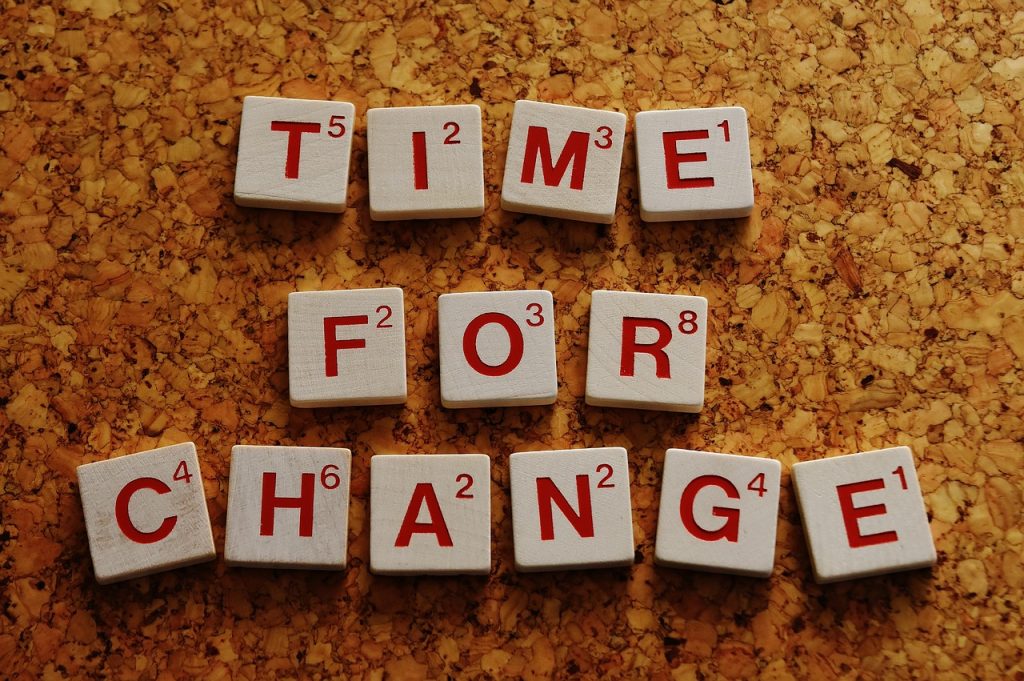
Remember that couple that did a gender reveal party earlier this year and ended up starting a wildfire that lasted two months and burned down 22,000 acres? Gender reveals are ridiculous, corny, and harmful. I don’t think aliens are going to give us advanced technology as long as we keep doing inane things like this.
But what does this have to do with anything? We’ll get there. A long time ago, before Omicron, before Delta, before the original variant, I met with a foundation program officer for coffee. “We’re in a process to figure out our strategic funding priorities this year,” they said, “what are your thoughts on this?” I took a long sip of my hot cocoa, trying to figure out how to sound diplomatic. But I have no poker face and probably looked like this cat.
Continue reading →




